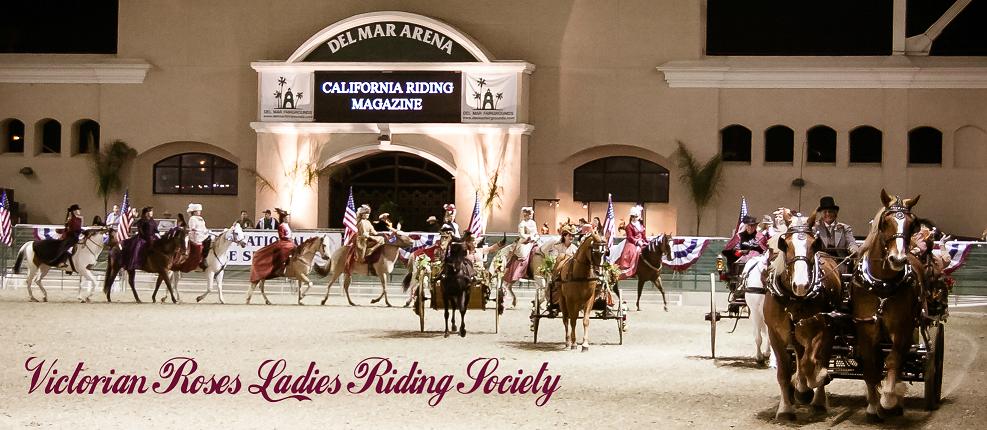The proper lady didn't just pull a dress over her head, she created a foundation and shape, depending on the decade she is dressing for. The Victorian era during the 1870s and 1880s had three very distinct silhouettes:
Early Bustle era 1868 to 1876
Early Bustle dresses were very full, with flounces and poofs. To support the drapery a small crinoline with a steel frame was attached to the back at the waist. Around 1870 the bustle shows festooning drapery almost completely down the front or with an apron effect.
Mid, or Natural Form era 1877 to 1882
The poof diminished greatly. The fullness in the skirt was now behind the knees at the back. The gowns were long and fitted tightly on the hips, which released into trains. Skirts became narrower and the bodice longer. This gave the body a slim and tall look.
Late Bustle era 1883 to 1890
The bustle came back bigger than before in 1883. But this time, the front of the skirt stayed slim, and all the show was in the back. The bodice was tailored, the skirt front was straight with asymmetrical draping, and the back of the skirt was huge.
Now lets see what's under all of this.
1. In any era, stockings go on first. They are tied above the knee with ribbons or garters.
2. Next, split drawers and a chemise, or combinations, a one piece garment with a split or buttoned opening for ease. Combinations were especially nice in the Natural Form era, as they were less bulky under the form fitting ensembles.
3. Boots/shoes were next! Buttoned or laced.
4. The corset followed. They elongated and slimmed more of the hip towards the end of the 1880s.
Left is the corset of 1875. Center is an 1880 corset with a spoon busk, designed to flatten the stomach. Right is an 1888 ad for Coraline Corsets.
5. Over the corset and drawers a lightweight petticoat and corset cover. The corset cover softens the boning, and helps keep the dress bodice clean.
6. Next, for Early and Late Bustle eras, is your crinoline or cage bustle. For Natural Form, generally only a small pad is used.
Left, an 1870s Early Bustle. Center, an 1883 Late Bustle "lobster tail" . Right, an 1887 bustle.
7. A petticoat or two to soften the bustle. Left, an 1872 Early Bustle petticoat, middle is an 1882 Natural Form petticoat with built in pad. On the right is the 1888 Late Bustle petticoat, very full in the back.
8. Now comes the actual skirt of the outfit,put on over the head.
9. If an overskirt is part of the outfit, it goes on next.
10. Finally, the bodice is put on. The bodice is always boned, and most have waist tapes inside. The tape helps keep the bodice in place, and takes the strain off your buttons.
In closing, here are two fantastic videos by Prior Attire, the Victorian Dressmaker.
She dresses in early bustle from the underpinnings out. https://www.youtube.com/watch?reload=9&v=dXS09skBTqA
She dresses in late bustle from the underpinnings out. https://www.youtube.com/watch?v=RXkmtAbrDLU
Submitted by: Shenandoah Rose





























